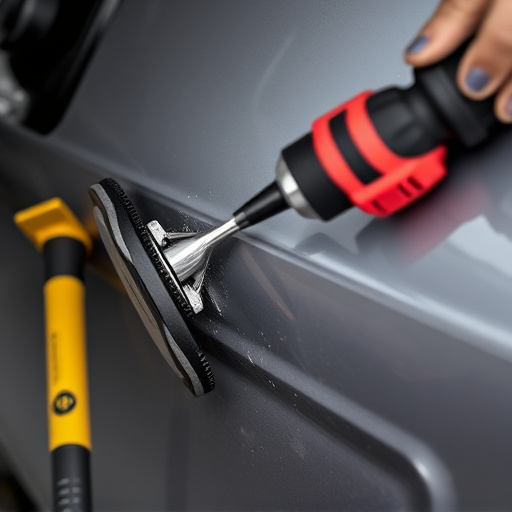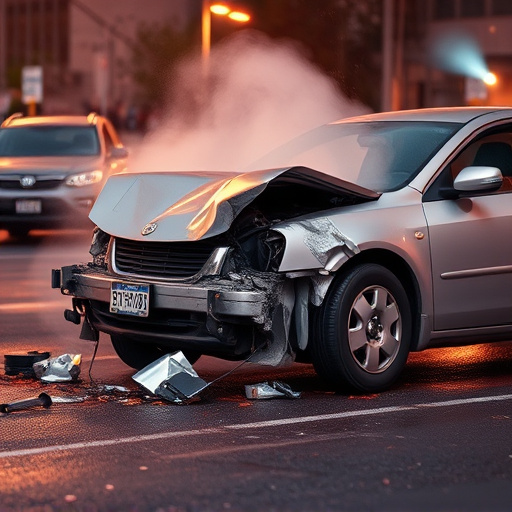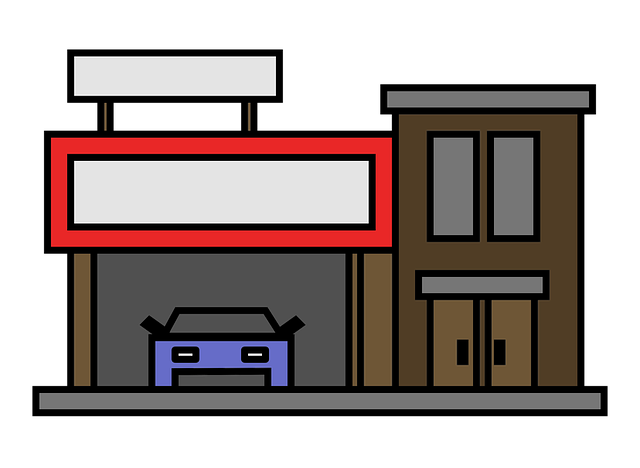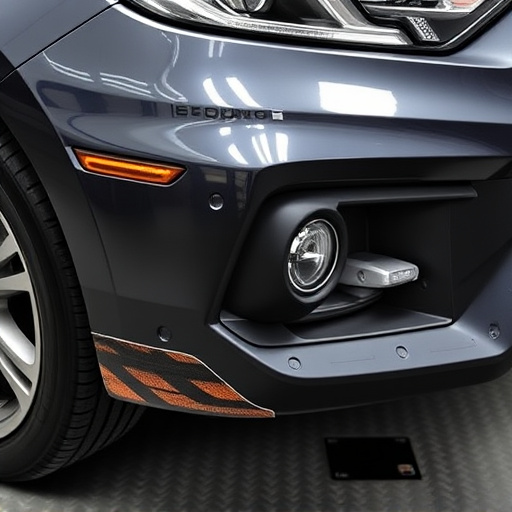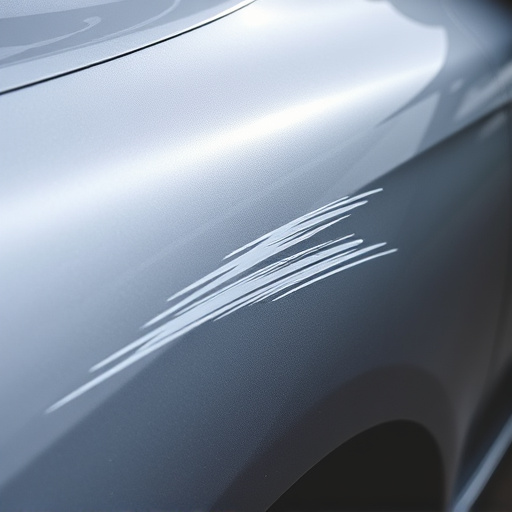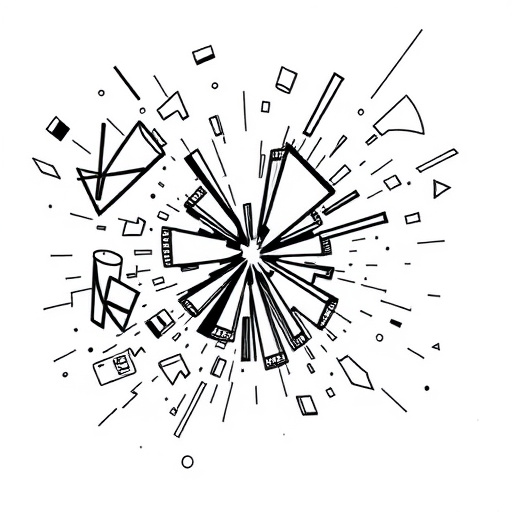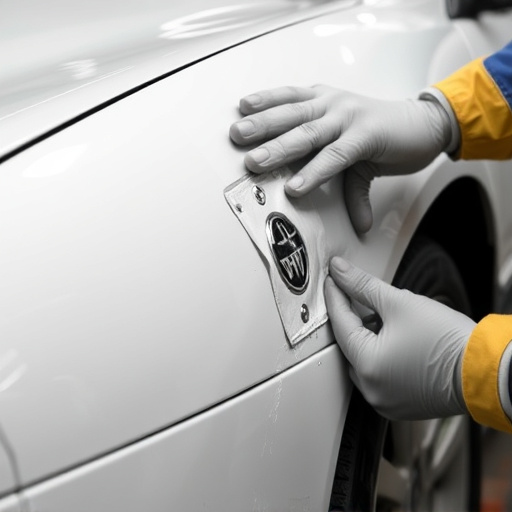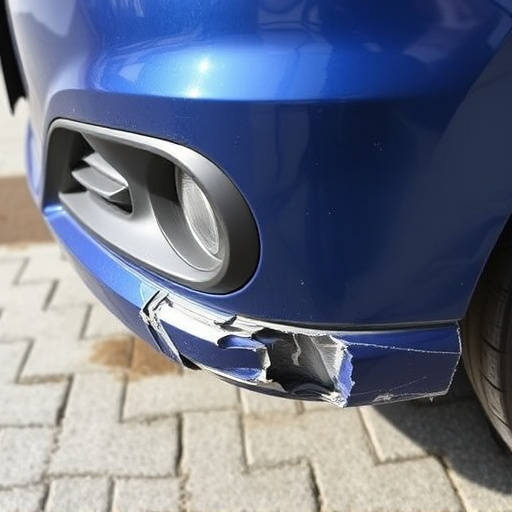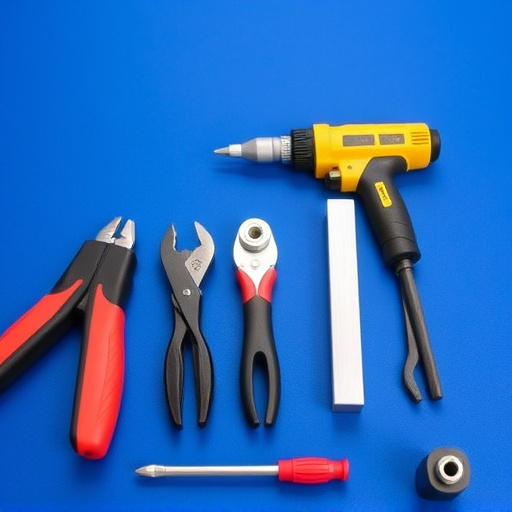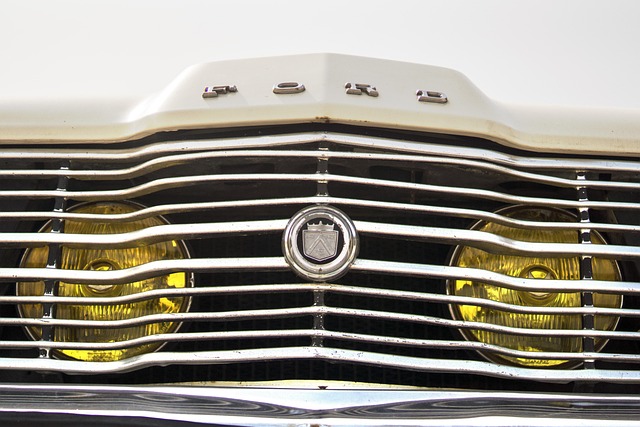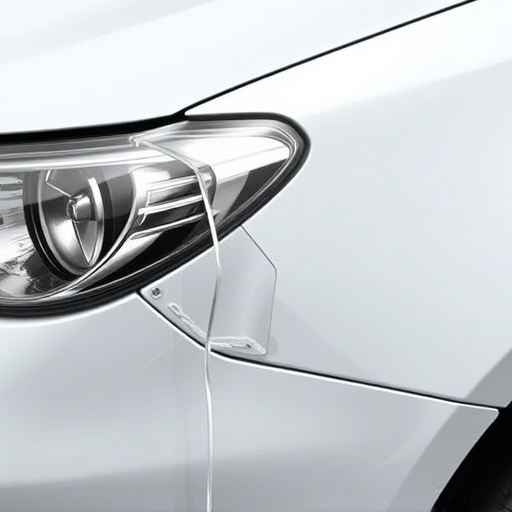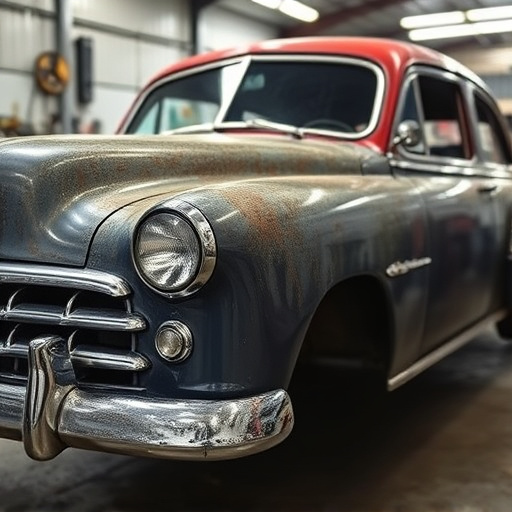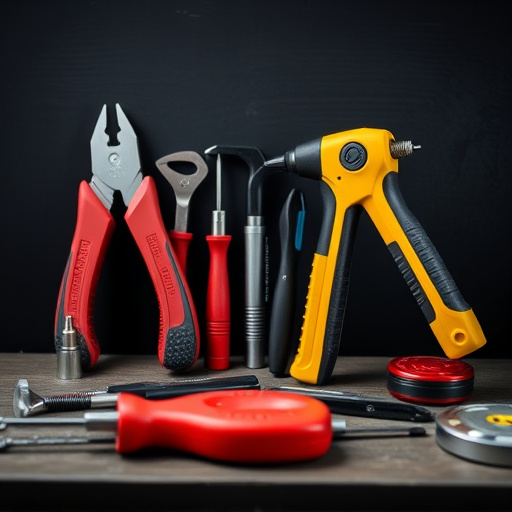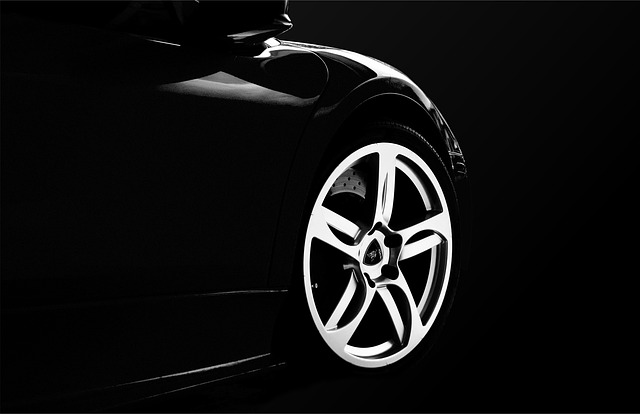Before replacing a quarter panel, collision repair pros prioritize safety with PPE and organized workspace. Using specialized tools, they remove damaged panels, prepare surfaces, and install new ones for structural integrity and aesthetic appeal. Final touches and quality checks ensure flawless results, enhancing vehicle appearance and customer satisfaction. Keyword: quarter panel replacement.
In collision repair, proficient quarter panel replacement is a critical skill. This step-by-step guide equips professionals with the knowledge to navigate the process efficiently. From preparation—ensuring safety and gathering necessary tools—to meticulous removal of the damaged panel and its replacement, each phase demands precision. Finally, quality assurance checks ensure optimal fit and finish. Mastering these steps not only streamlines repair but also guarantees customer satisfaction through top-tier work.
- Preparation: Safety and Tools Required
- Removing and Replacing the Quarter Panel
- Final Touches and Quality Assurance Checks
Preparation: Safety and Tools Required
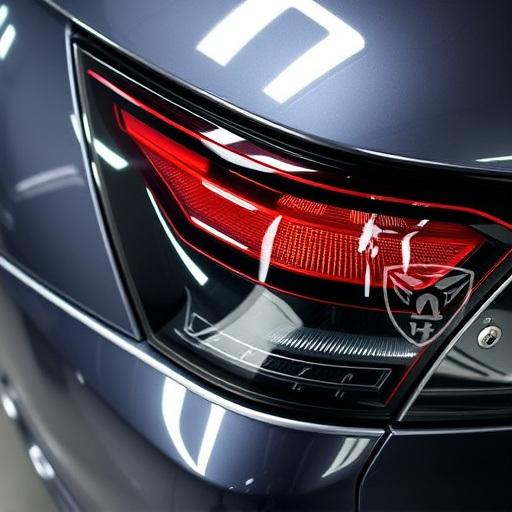
Before tackling any quarter panel replacement, collision repair professionals must prioritize safety and assemble the necessary tools for the job. Personal protective equipment (PPE), including gloves, eye protection, and a respirator, is essential to prevent exposure to harmful chemicals and debris. The workspace should be well-lit, organized, and free from clutter to ensure clear visibility and smooth workflow during the repair process.
Additionally, a comprehensive toolkit for quarter panel replacement should include specialized tools such as impact wrenches, screwdrivers, hammer, putty knives, sandpaper, and a paint gun. These tools are crucial for removing damaged panels, preparing surfaces, filling dents or holes, sanding, priming, and eventually painting the vehicle to match its original finish, thereby achieving flawless vehicle paint repair and restoring it to pre-collision condition, including dent repair and collision damage repair.
Removing and Replacing the Quarter Panel
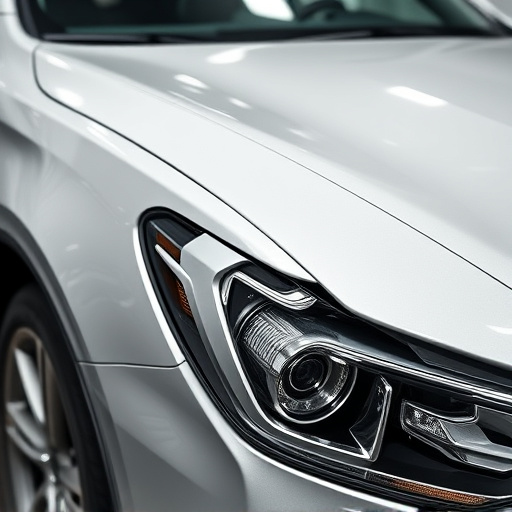
Removing the damaged or dented quarter panel is a crucial step in any collision repair process. Auto body shops must first secure and stabilize the vehicle to ensure safety during this procedure. Using specialized tools, the technician carefully releases the panel from its hinges and detaches it from the car body. This involves removing any hardware, such as screws and rivets, that secure the panel in place. Once the old quarter panel is safely set aside for disposal or recycling, the surface of the car body must be thoroughly inspected and prepared for the replacement process.
In a collision repair scenario, the goal is to restore the car body to its pre-accident condition. Skilled technicians will measure and cut a new quarter panel to match the exact specifications of the original. This precision work requires expertise and attention to detail to ensure seamless integration with the existing panels. After the new quarter panel is fitted, it is securely fastened using appropriate hardware, guaranteeing a robust repair that enhances the car’s structural integrity and aesthetic appeal during the car body restoration process.
Final Touches and Quality Assurance Checks
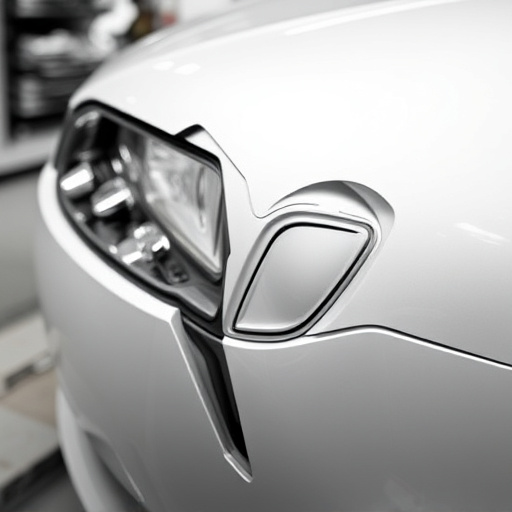
After successfully installing the new quarter panel, it’s crucial to perform meticulous final touches and quality assurance checks. This involves examining every detail, from smooth panel alignment to seamless integration with adjacent body parts. Any imperfections or misalignments should be addressed promptly using appropriate tools and techniques, ensuring the replacement is as good as new.
Professionals in collision repair understand that a robust quality check process is vital for customer satisfaction. It not only guarantees the structural integrity of the vehicle bodywork but also ensures that any previous car damage repairs are effectively concealed. Achieving flawless results enhances the overall aesthetics of the vehicle, providing a satisfying experience for both the repairer and the customer.
Quarter panel replacement is a critical skill for collision repair professionals, requiring meticulous preparation, precise techniques, and thorough quality assurance checks. By following these structured steps, from gathering safety gear and tools to final touches, experts can ensure optimal vehicle restoration and customer satisfaction. This process not only enhances the car’s aesthetic appeal but also reinforces structural integrity, making it a vital procedure in collision repair services.
